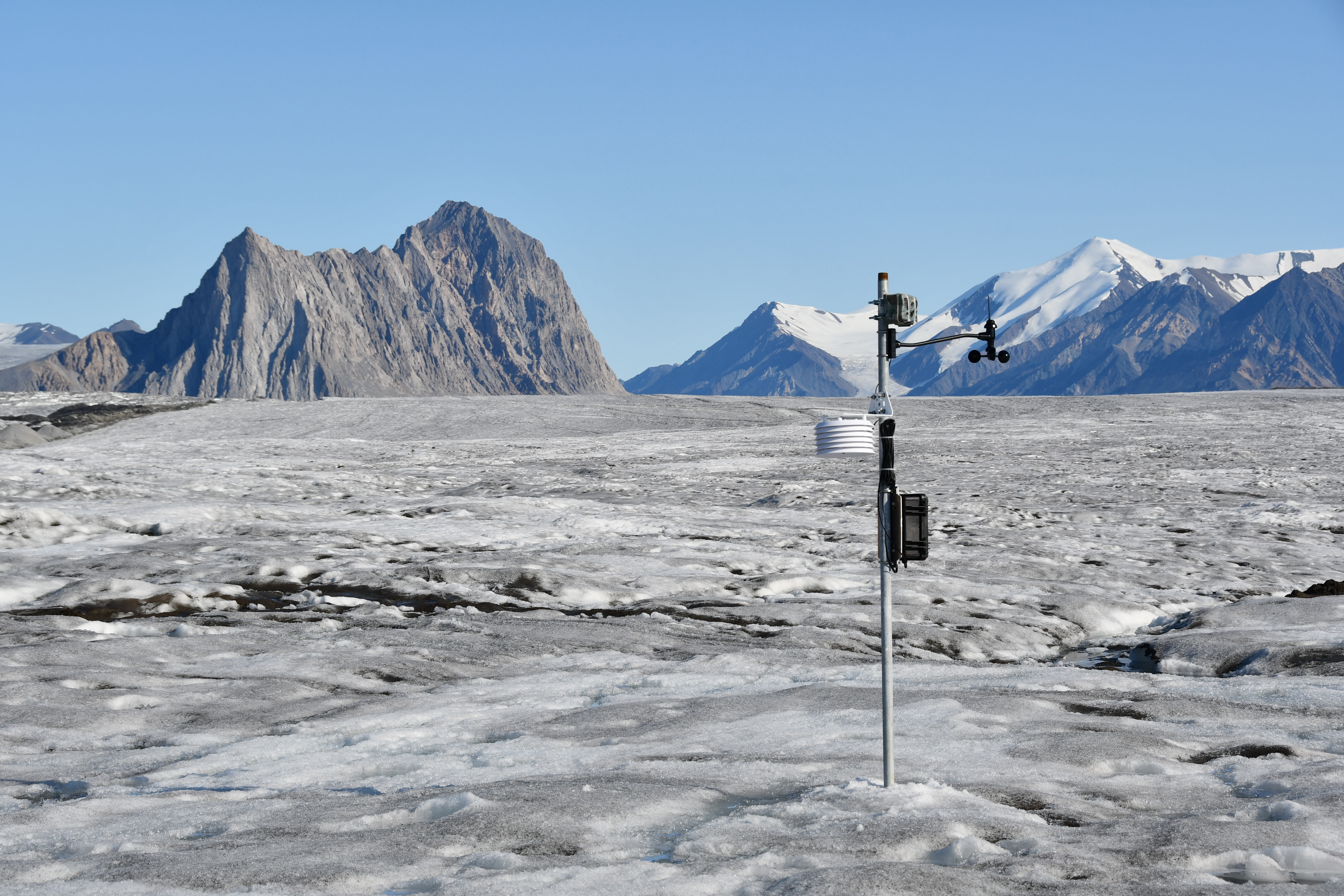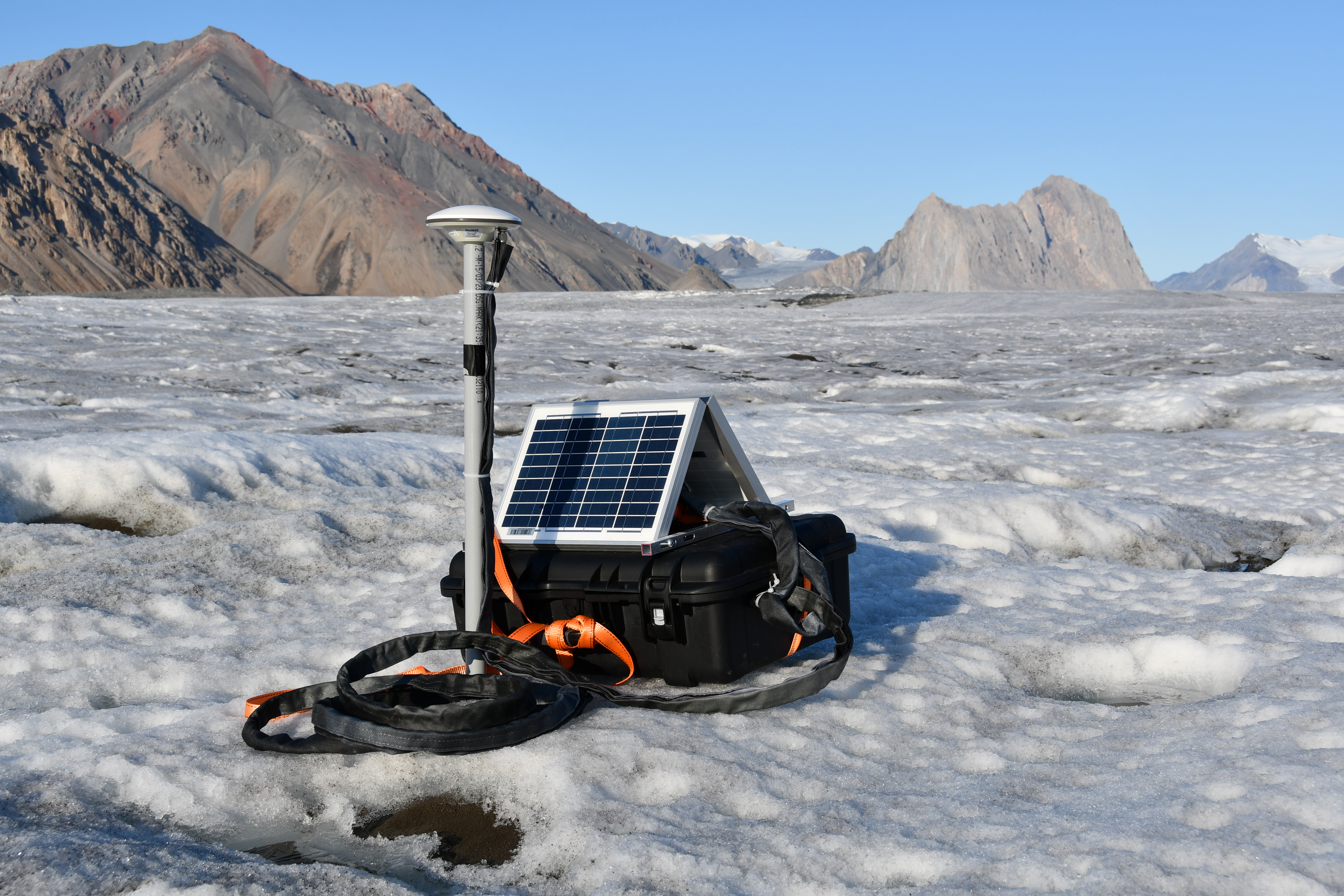
Cryologger
Background
Polar environments are undergoing rapid environmental change, yet there is a lack of high spatial and temporal monitoring data available in these remote regions. Reliance on expensive and proprietary commercial data acquisition and telemetry systems can inhibit both researchers and citizen scientists and present a significant barrier to the establishment of widespread monitoring networks. The development of low-cost, open-source instrumentation can greatly reduce the cost of cryospheric research, improve the spatial density and coverage of collected data, and produce new ways to observe and monitor the cryosphere.
Objective
The overall goal of this project is to determine if the Cryologger, an open-source datalogger and telemeter comprised of low-cost, off the shelf components, can provide a reliable and cost-effective platform for the physical measurement needs of a variety of cryospheric scientific applications in the Canadian Arctic and beyond!
Methods: Design
The Cryologger is based on the open-source Arduino platform (www.arduino.cc) and built using low-cost, do-it-yourself electronics that can be easily modified to meet the needs of the end-user. Code was written using the Arduino Integrated Development Environment (IDE) and benefits from the availability of community-generated libraries.
Planned for extended deployments in harsh Arctic conditions, the initial Cryologger model was configured as an iceberg and ice island tracking beacon to provide long-term measurements of GPS position, temperature, pressure, pitch, roll, tilt-compensated heading and battery voltage. Data are transmitted over the Iridium satellite network at specified intervals and can be remotely updated based on the desired sampling frequency.

Methods: Deployments
Iceberg Tracking Beacon (ITB)
A total of 14 Cryologger drift tracking beacons were deployed from the CCGS Amundsen’s helicopter on icebergs and ice islands along the coasts of Ellesmere Island, Baffin Island and Greenland during the ArcticNet legs of the 2018 and 2019 Amundsen Expeditions. An additional 2 tracking beacons were deployed by helicopter on icebergs near the Milne Ice Shelf, Ellesmere Island in the summer of 2019.
The overall suitability of potential targets was determined by assessing the iceberg’s size, shape and location. At the time of deployment, a compass heading of the tracking beacon is also recorded and a 360° aerial photo survey of the iceberg is performed.

Automatic Weather Station (AWS)
Cryologger automatic weather stations have been deployed in the Canadian Arctic between 2018-2025.

Glacier Velocity Measurement System (GVMS)
In the summer of 2018, two glacier velocity measurement systems were deployed on the Milne Glacier, Nunavut. To

Results
Cryologger tracking beacons deployed in 2018 have transmitted over 50,000 GPS positions, achieved more than 550 days of continuous operation and travelled a combined total distance of over 8000 km.
Tracking beacons deployed in the summer of 2019 have reported over 7,000 GPS positions but have encountered difficulties transmitting their data due to the use of a new antenna and interference from overlying snow cover.
Conclusions & Future Work
Preliminary results from the various Cryologger designs have demonstrated it is possible to design and build a low-cost data logging and telemetry system capable of withstanding the harsh conditions of remote polar regions.
The success of the Cryologger drift tracking beacon deployments have demonstrated that low-cost, open-source hardware and software can provide a reliable, cost-effective data collection platform for the monitoring icebergs and ice island drift patterns in the Canadian Arctic. Collected in-situ iceberg tracking data has already provided key insights to iceberg drift and deterioration processes in the Canadian Arctic.
Development of the Cryologger is currently underway and is focused on improving overall processing capabilities and modularity. We are now working on a more capable data logger that we plan to use to enhance our AWS model. We are also working to support field technicians with training resources (including videos and a learning management system).
